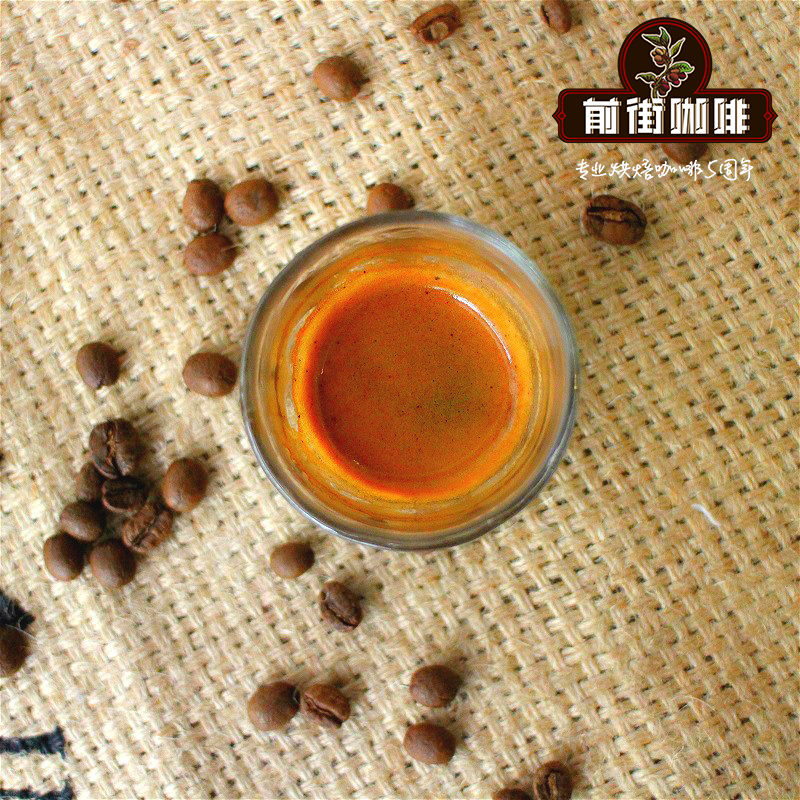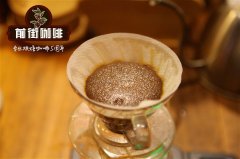El Salvador Himalayan manor coffee characteristics of El Salvador Himalayan manor

Professional coffee knowledge exchange more coffee bean information please follow the coffee workshop (Wechat official account cafe_style)
Over the past 20 years, baristas in many producing areas have gradually looked up, and direct contact with coffee producing areas has become an inevitable trend to achieve better boutique flavor. Alejandro Mendez, winner of the 2011 World Barista Competition.
Is the first to become the world champion barista in the producing area. Sasa Sastic, winner of the 2015 World Barista Competition, developed raw bean processing experiments in many producing areas as a coffee raw bean merchant.
El Salvador is the country where Sasa has conducted the largest regional bidding in recent years under its own brand, Plan of Origin (Project Origin). Under this model, many beautiful flavors are also collected, which makes coffee people flock to it. In 2018, Sakatani challenged the Japanese barista contest in Japan and entered the finals by using this brand of coffee beans in El Salvador.
The ultimate coffee Mr. Pomatani offered to iDrip this time also comes from the Himalayas, a joint venture of Project Origin, which is famous for its sun-tanned coffee and its pure coffee quality.
All coffee is picked on the same day and placed in an African scaffolding to form a layer of coffee cherries about 30 centimeters thick. Coffee is transferred every 24 hours in the first three days to reduce overfermentation. As the water content of coffee cherries decreases, the pulp becomes thinner to increase transparency. Once the moisture is reduced to 16%, the coffee is moved to a cool, dark storage area for seven days to stabilize the sugar. Finally, move the coffee to the African bed for another seven days, or until the water content of the beans is 12%. After four weeks, you can get the finished coffee.
Under this treatment, the flavor of sun-cured coffee can be maintained, and at the same time, it can drink the acidity and sweetness of the coffee itself. It is indeed a good bean. It has the flavor of blueberry, pineapple, mango and red wine with a clear and strong style.
END
Important Notice :
前街咖啡 FrontStreet Coffee has moved to new addredd:
FrontStreet Coffee Address: 315,Donghua East Road,GuangZhou
Tel:020 38364473
- Prev

Introduction to Eunica Manor in El Salvador how does El Bourbon coffee taste?
Professional coffee knowledge exchange more coffee bean information please follow the coffee workshop (Wechat official account cafe_style) front street-El Salvador bourbon variety introduction El Salvador is the smallest and most densely populated country in Central America, coffee has been grown since 1740. The land area of growing coffee accounts for about 8% of the country. Dazhi is divided into five main producing areas, namely Apaneca and C.
- Next

Brief introduction of Victoria Manor in El Salvador Coffee at Victoria Manor in El Salvador
Professional coffee knowledge exchange more coffee bean information please follow the coffee workshop (Wechat official account cafe_style) front street-El Salvador Victoria Manor honey treatment introduction El Salvador Victoria Manor honey treatment (sweet treatment) Central America sweet and mellow producing area El Salvador is here again, this time we are looking for
Related
- Beginners will see the "Coffee pull flower" guide!
- What is the difference between ice blog purified milk and ordinary milk coffee?
- Why is the Philippines the largest producer of crops in Liberia?
- For coffee extraction, should the fine powder be retained?
- How does extracted espresso fill pressed powder? How much strength does it take to press the powder?
- How to make jasmine cold extract coffee? Is the jasmine + latte good?
- Will this little toy really make the coffee taste better? How does Lily Drip affect coffee extraction?
- Will the action of slapping the filter cup also affect coffee extraction?
- What's the difference between powder-to-water ratio and powder-to-liquid ratio?
- What is the Ethiopian local species? What does it have to do with Heirloom native species?

